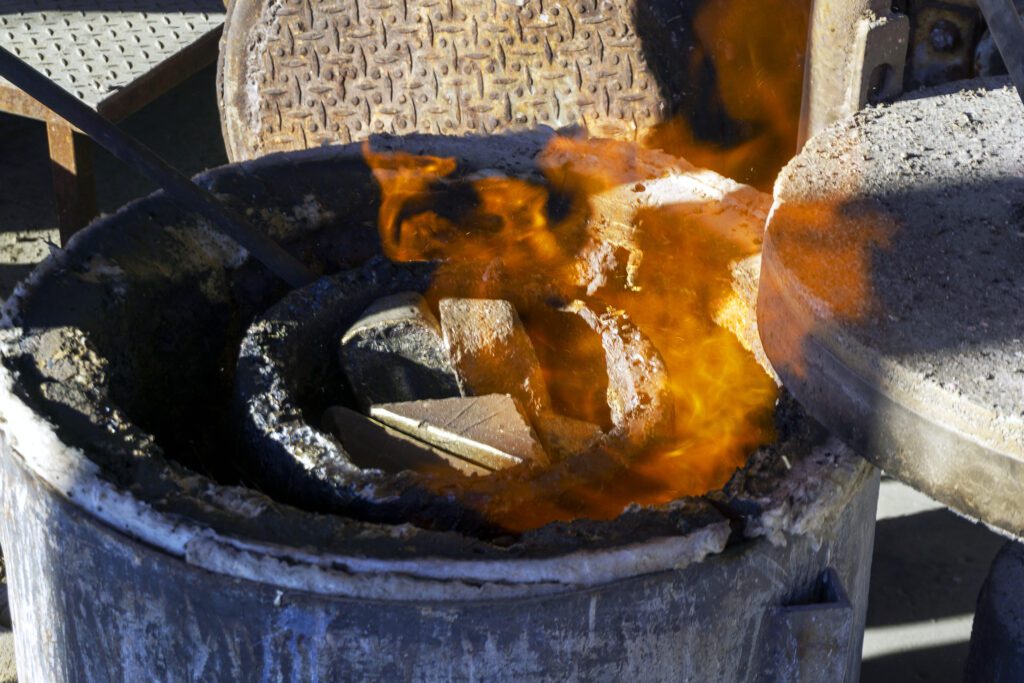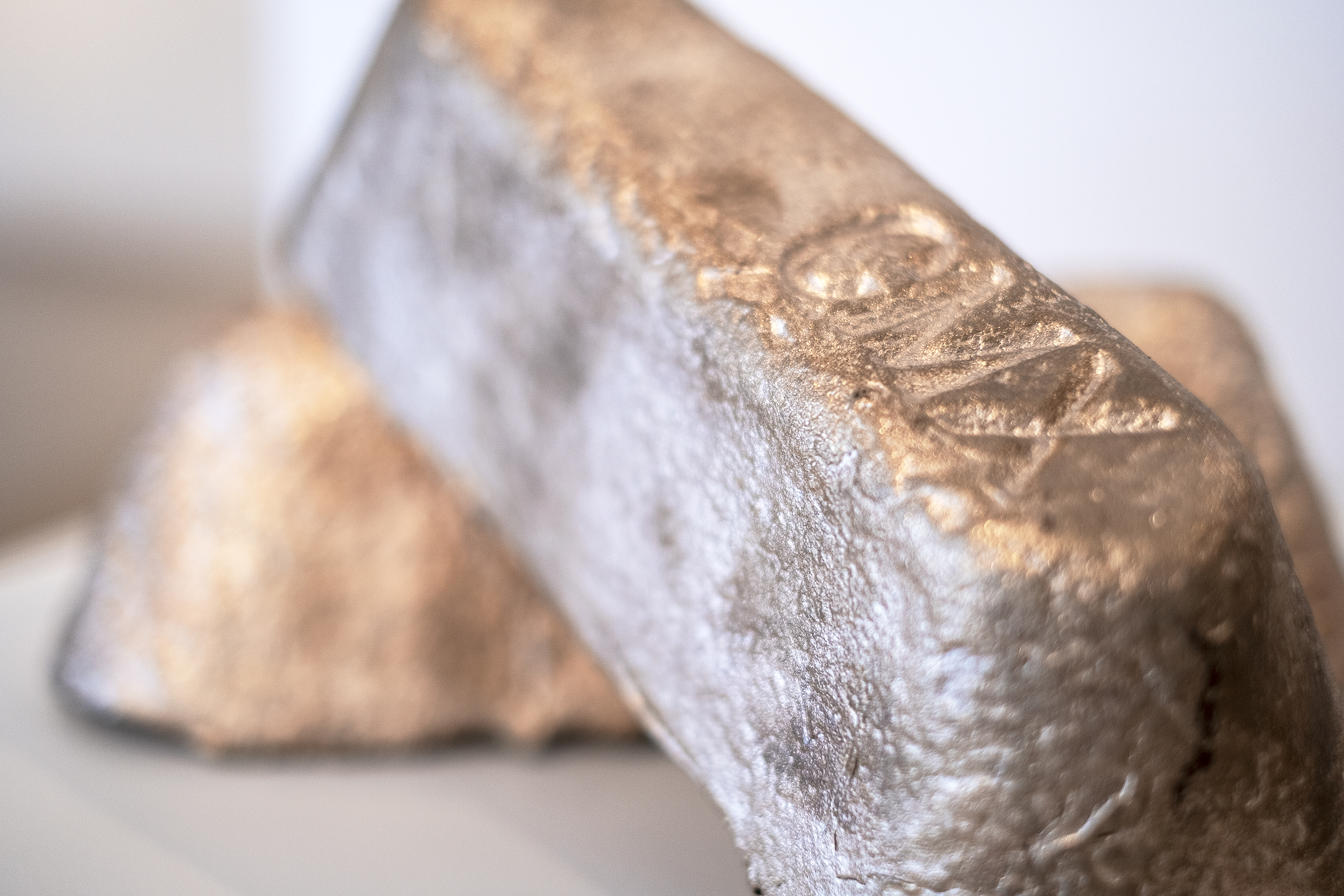Written by Christian Bell and Kim Nikolaev
The history of bronze follows the history of art. Bronze has been the go-to metal for artists and sculptors for thousands of years. It’s strong, easy to shape, and perfect for capturing fine details. Whether used in historical monuments, modern sculptures, or decorative pieces, bronze continues to be a favorite among artists and foundries worldwide.
“Dancing Girl” Bronze, Artist Unkown, pre-historic. Year 2300-1750BC.

A Brief History of Bronze
Before people discovered bronze, they used pure copper for tools, weapons, and artwork. This period, known as the Copper Age (about 6000 BC – 3000 BC), marked the first time humans worked with metal. Copper was easy to find and shape, making it a popular choice for early civilizations.
Around 3000 BC, people learned that mixing copper with tin or arsenic made it much stronger. This new metal, called bronze, kicked off the Bronze Age (about 3000 BC – 1300 BC). Bronze was tougher and lasted longer, making it perfect for weapons, tools, and sculptures. This discovery led to huge advancements in art and technology.
Why Artists Love Bronze for Sculpture
Compared to other metals like brass or aluminum, bronze is both durable and detailed. When melted and poured into a mold, it flows smoothly and captures even the smallest textures, making it ideal for sculptures of all sizes. Plus, bronze holds up well outdoors, making it a great choice for public art and monuments.
What is Everdur Bronze?
At Bollinger Atelier, we use Everdur bronze, a modern high-quality alloy made of 95% copper, 4% silicon, and 1% manganese. This formula gives it:
- Great casting and welding properties – making it easier to work with
- Better fluidity – helping it flow smoothly into molds for detailed sculptures
- Less brittleness – making it stronger and less likely to break
- Excellent corrosion resistance – protecting outdoor sculptures from weather and pollution
Everdur bronze also works well with a variety of patinas, allowing artists to create beautiful finishes in shades of brown, green, or blue.

Bronze Today: A Timeless Metal
Even though people have refined bronze throughout history, its core properties have stayed the same. Today, bronze is still used in everything from industrial tools to stunning works of art. Its strength, beauty, and history make it one of the most treasured metals in sculpture and design. Bronze sculpture is one of the most enduring and timeless forms of art.
At Bollinger Atelier, we combine traditional bronze casting methods with modern technology to bring artists’ visions to life. Whether it’s a massive public monument or a small private commission, our expert craftsmanship ensures that every piece is made to last.
Want to create something in bronze? Contact us today and let’s bring your idea to life!




